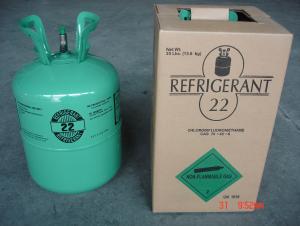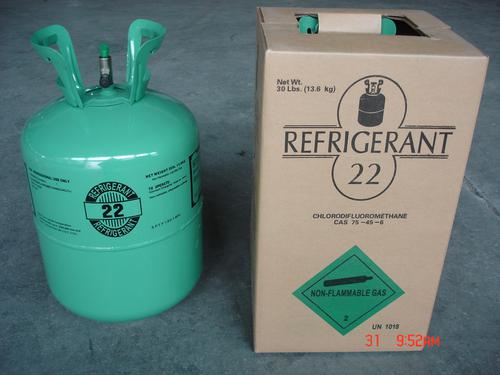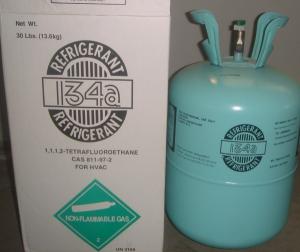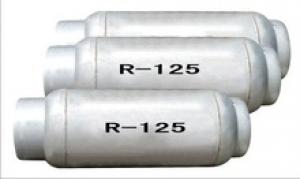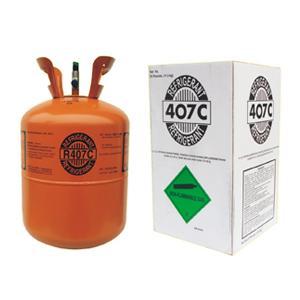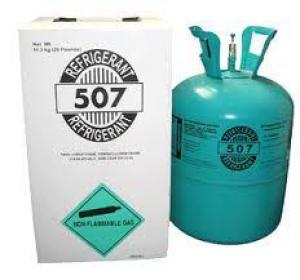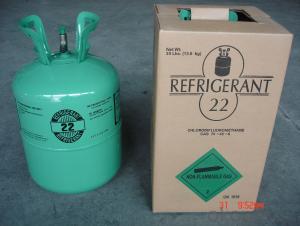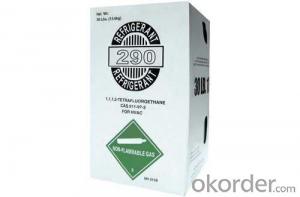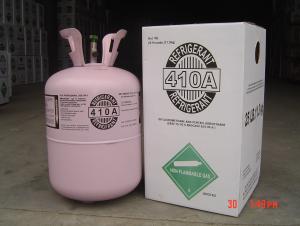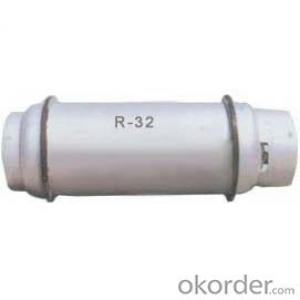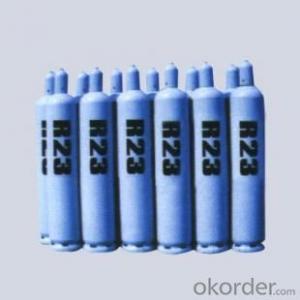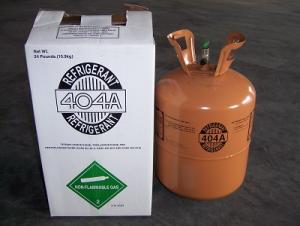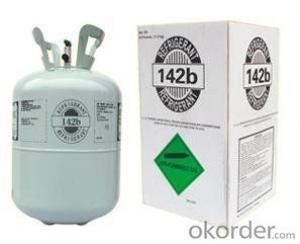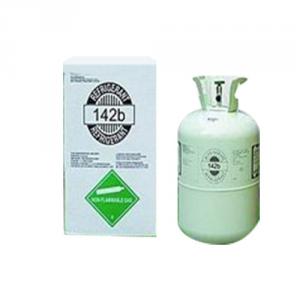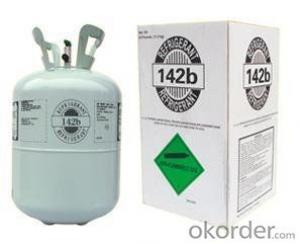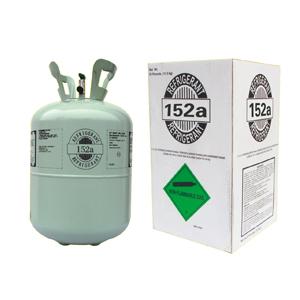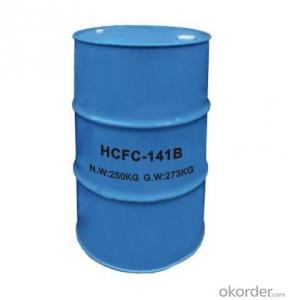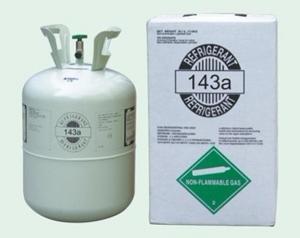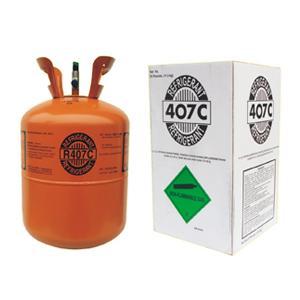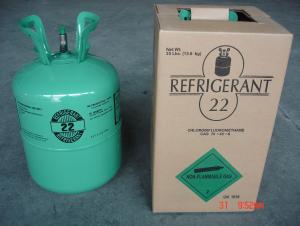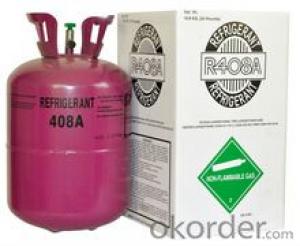Refrigerant R22 Gas
- Loading Port:
- Shanghai
- Payment Terms:
- TT OR LC
- Min Order Qty:
- -
- Supply Capability:
- 10000MT m.t./month
OKorder Service Pledge
Quality Product, Order Online Tracking, Timely Delivery
OKorder Financial Service
Credit Rating, Credit Services, Credit Purchasing
You Might Also Like
Specifications
R404a refrigerant gas
1,R404a of all specification
2,OEM is accepted
3,SGS/ROSH/PONY
4,ISO9001, ISO14001,ISO16949
Product details----Refrigerant R22
Physical Property:
| Molecular Weight | 97.6 |
| Boiling Point,°c | -46.5 |
| Critical Temperature,°c | 72.1 |
| Critical Pressure, Mpa | 3.74 |
| Specific Heat of Liquid, 30°c ,[KJ/(KG.°c )] | 0.38 |
| ODP | 0 |
| GWP | 3800 |
Quality Index:
| Purity,% | ≥99.9 |
| Moisture, PPm | ≤10 |
| Acidity, PPm | ≤1 |
| Vapor Residue, PPm | ≤100 |
| Appearance | Colorless, No turbid |
| Odor | No Strange Stench |
Packing:
Disposable cylinder 24lb/10.9kg
Recyclable cylinder 400L, 800L, 926L;
ISO-Tank
Application:
Retrofited refrigerant for R502.
- Q: What are the gaseous states of the oxygen-containing derivatives of the hydrocarbons under the standard conditions?
- Hydrocarbon derivatives of oxygen in the standard conditions are gaseous formaldehyde.
- Q: Ionic compounds, covalent compounds, electrolytes, non-electrolytes, which are both compounds and inorganic compounds
- They are different concepts -
- Q: Organic organic compounds are organic matter?
- Organic polymer compounds are organic matter
- Q: Are the asphalt and peat kinds of vegetables have heavy metal?
- Asphalt is composed of different molecular weight hydrocarbons and non-metallic derivatives of dark brown complex mixture, is a high viscosity organic liquid, was liquid, the surface was black, soluble in carbon disulfide. Asphalt is a waterproof moisture and corrosion of organic cementitious materials. Asphalt can be divided into coal tar pitch, petroleum asphalt and natural asphalt three: Among them, coal tar pitch is a by-product of coking. Petroleum asphalt is the residue after distillation of crude oil. Natural asphalt is stored in the ground, and some of the formation of ore or in the crustal surface accumulation. Asphalt is mainly used for coatings, plastics, rubber and other industries and pavement and so on.
- Q: What is "organic" and "inorganic" in chemistry?
- The definition of organic matter usually refers to carbon-containing compounds, or hydrocarbons and their derivatives are collectively referred to as organic compounds.
- Q: What is the meaning of organic ah, organic food on the human body what practical benefits
- Food point of view of organic: from planting to harvest, and then to storage, transport so that consumers in the hands, without chemical fertilizers, chemical processing, genetic technology and other food raw materials. In general, organic represents high quality and natural. But the Chinese market is not very close, so the choice of time to pay attention.
- Q: What is the definition of organic matter
- Organic matter usually refers to carbon-containing compounds, or hydrocarbons and their derivatives are collectively referred to as organic compounds.
- Q: The aromatic hydrocarbon derivative refers to monocyclic or polycyclic
- To see what is the derivative of aromatic hydrocarbons, by its own is a single ring or multi-ring decision
- Q: From the molecular level, are not all the energy obtained from the redox reaction?
- You find the block out of the lithium battery thrown into the fire try ........ look at how the energy density
- Q: Is the number of hydrogen atoms in the hydrocarbon or hydrocarbon derivative molecule be even
- Other hydrocarbon derivatives are not necessarily, such as halogenated hydrocarbons containing odd halogen molecules, containing an odd number of N atoms containing C, H. O, N four elements of the compound, their number of hydrogen atoms are odd.
Send your message to us
Refrigerant R22 Gas
- Loading Port:
- Shanghai
- Payment Terms:
- TT OR LC
- Min Order Qty:
- -
- Supply Capability:
- 10000MT m.t./month
OKorder Service Pledge
Quality Product, Order Online Tracking, Timely Delivery
OKorder Financial Service
Credit Rating, Credit Services, Credit Purchasing
Similar products
Hot products
Hot Searches
